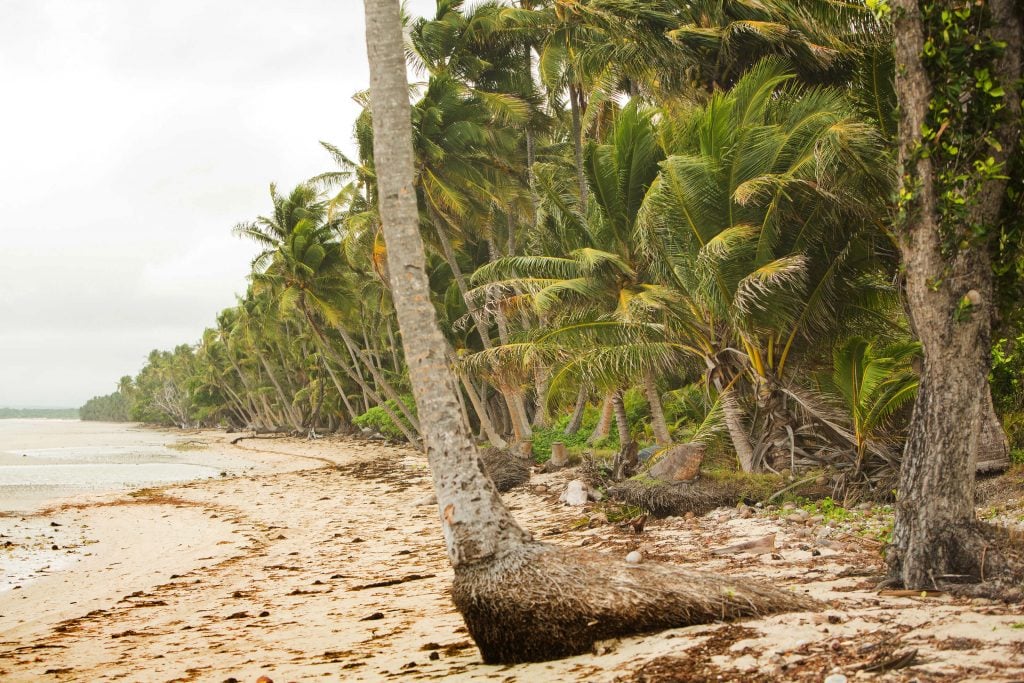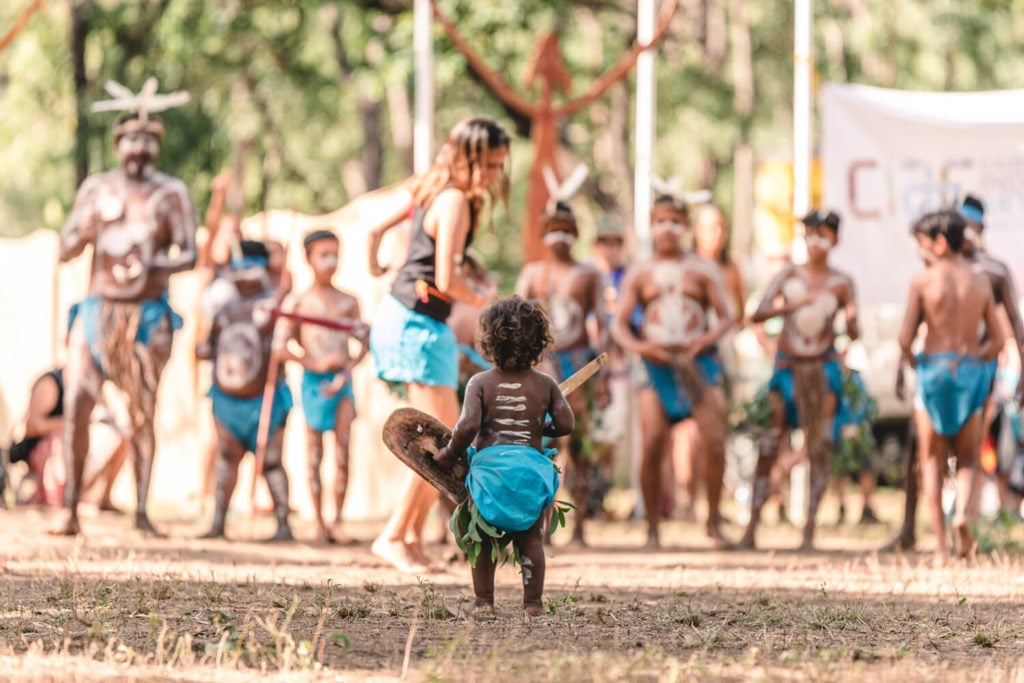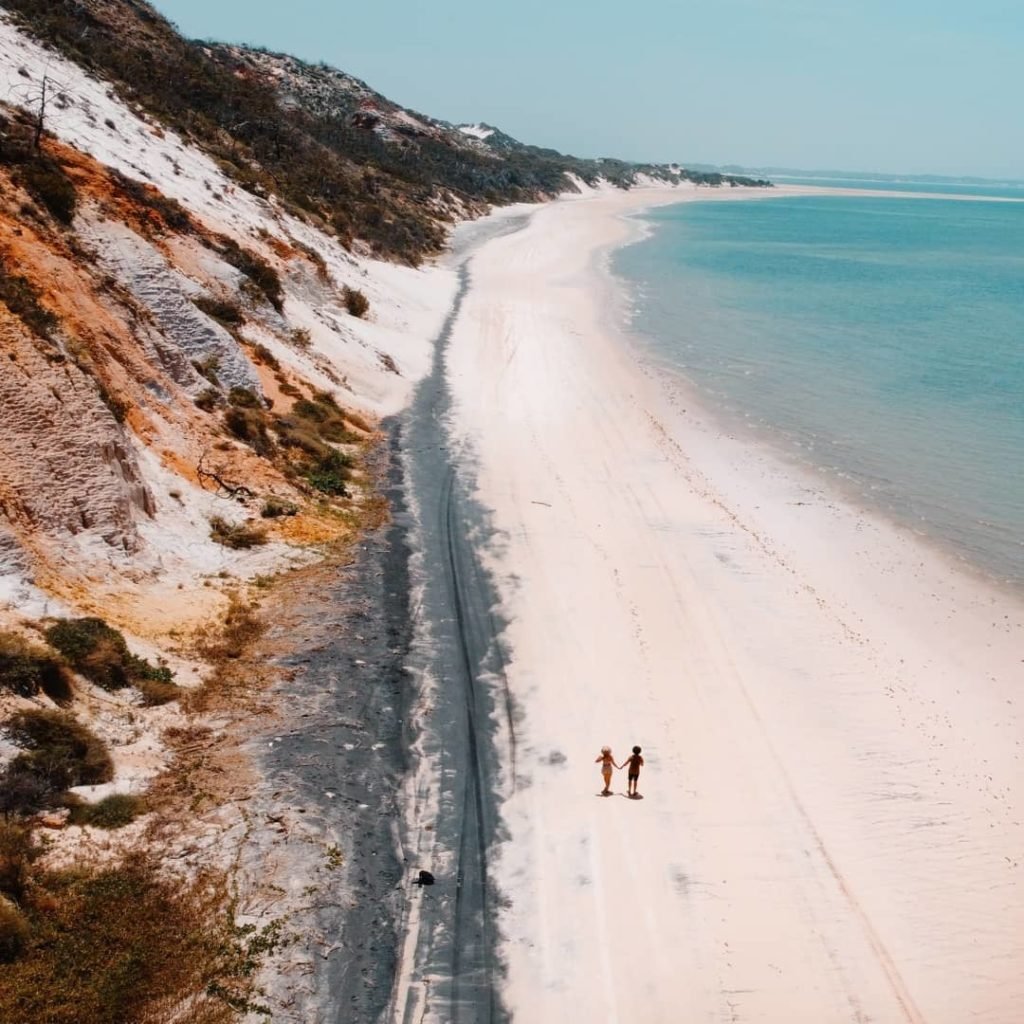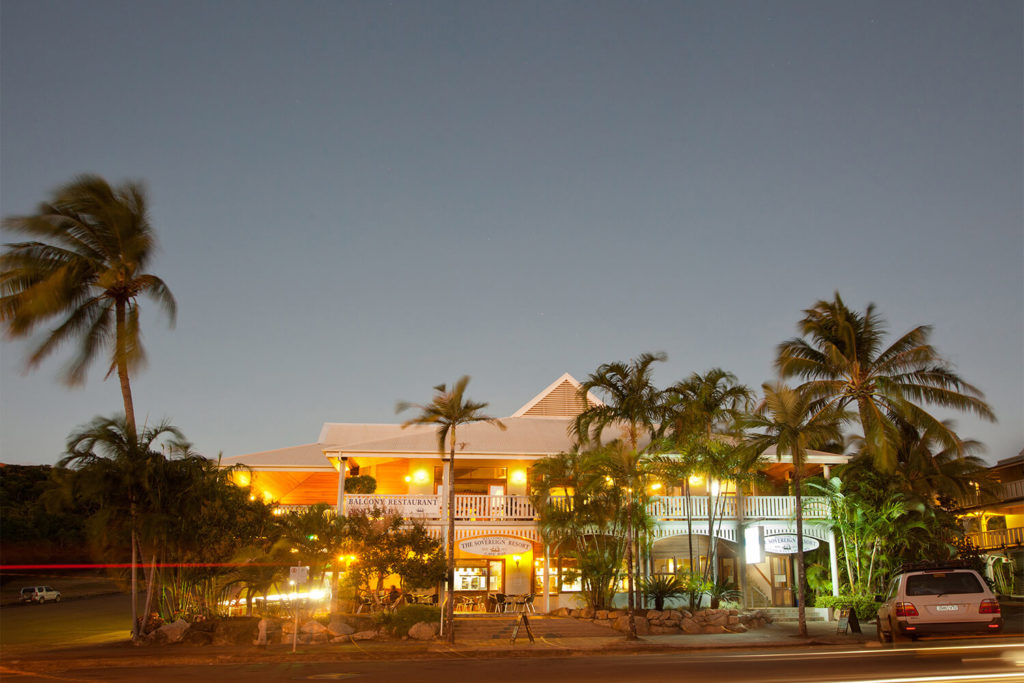TNQ Writer
If you’re looking for the ultimate national park experience, there’s no better place in the world than the tip of Australia. With ten national or regional parks to choose from, here’s a closer look at three of the most popular.
Cape York is a big place: from Cairns to The Tip is more than 1,000km of wild and wonderful wilderness. But you don’t have to see it all to enjoy the best of this incredible part of the country – spend some time in these three national parks and you’ll experience a bit of everything that makes Australia’s tropical northern frontier such a special place.
Rinyirru (Lakefield) National Park (CYPAL)

Old Laura Homestead
Old Laura Homestead

White Lily Lagoon
White Lily Lagoon

Kalpower Crossing
Kalpower Crossing
Less than three hours’ drive north-west of Cooktown, Rinyirru (Lakefield) is Queensland’s Kakadu, vast and untamed with fish-filled rivers, lily-covered billabongs, expanses of golden savannah studded with towering termite mounds, patches of rainforest and stands of rare corypha palms. If you are here in spring you’ll be treated to the extraordinary sight of thousands of birds gathering at the shrinking waterholes. It’s also rich in European history – Old Laura Homestead, in the southern section of the park, was once one of the grandest structures on the Cape. You can wander around the atmospheric timber and iron buildings from 1892. The shady campground at Kalpowar Crossing is a great spot to meet other travellers, or if you prefer remote bush camping head to Hann Crossing where there are 19 campsites strung out along a 10km stretch of the North Kennedy River. Don’t forget your fishing rod.
Kutini-Payamu (Iron Range) National Park (CYPAL)

Chilli Beach
This park on the east coast roughly halfway between Cooktown and The Tip is just north of the tiny Aboriginal community of Lockhart River. Kutini-Payamu (Iron Range) is home to the largest remaining area of lowland rainforest in Australia – explore it walking the 10km Old Coen Track and set up camp in one of the secluded creek-side camping areas where if you are lucky you may spot the elusive tree kangaroo from the comfort of your camp chair. But it’s the glorious beaches that most people remember. Flanked by an avenue of leaning coconut trees, the snow-white sands and turquoise waters of Chilli Beach are picture perfect, and the campground here is one of the prettiest on the Cape.
Apudthama National Park (Jardine River National Park)

Fruit Bat Falls
Fruit Bat Falls

Eliot Falls
Eliot Falls

Driving to the tip of Australia
Driving to the tip of Australia
Two of Cape York’s best wild swimming spots are in Apudthama National Park (Jardine River National Park), at the base of the area known simply as The Tip. The delightfully refreshing Fruit Bat Falls and Eliot Falls are both crocodile-free and nothing beats cooling off beneath a waterfall after a long, hot, dusty drive. Fruit Bat Falls is the easiest to get to – it’s a short detour off the Northern Bypass Road and has plenty of shady picnic tables – and you can camp at Eliot Falls, which is just 7km further down the track. Beyond the falls you can wake up to million-dollar water views from campsites on both sides of the Jardine River and beside the beach at Ussher Point and Captain Billy Landing.
Trip tips
- Crocodiles are present in many of the waterways and beaches in Cape York and they are potentially dangerous. Never take unnecessary risks in crocodile habitat. You are responsible for your own safety, so please follow these guidelines and be Crocwise in croc country.
- Parks may be closed during Summer and Autumn. Check for updates here.
- You need a 4WD in good condition to explore Cape York, and there’s not much mobile phone coverage so remember to pre-book campsites by calling 13 74 68 before you get there or on the National Parks Website. There are free internet kiosks at most ranger stations.










